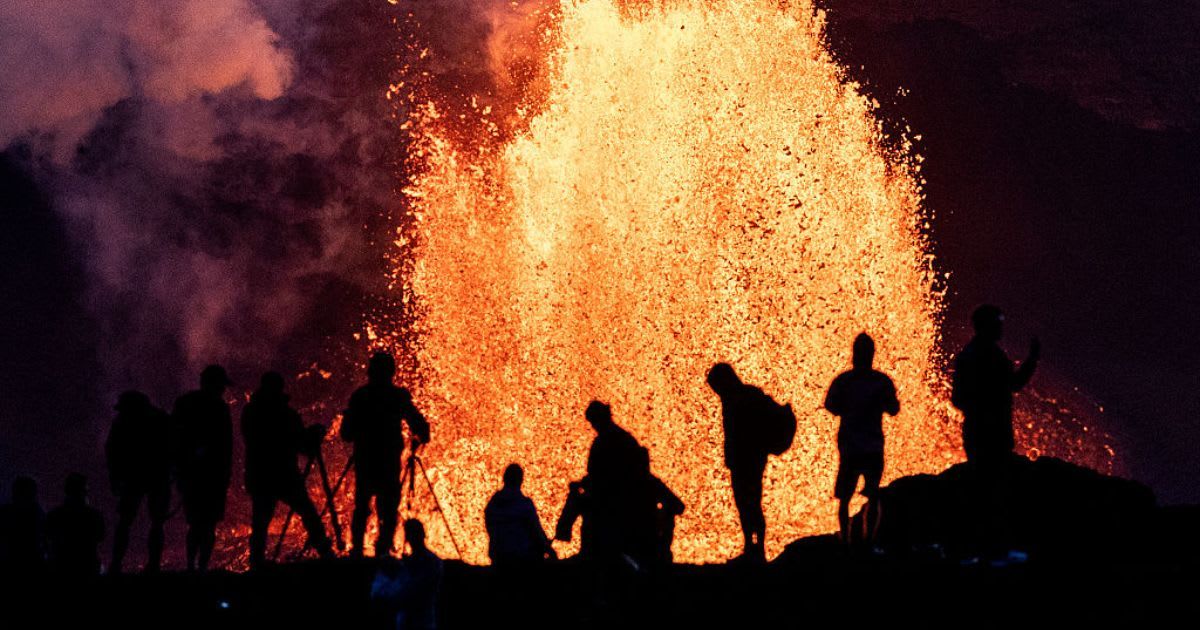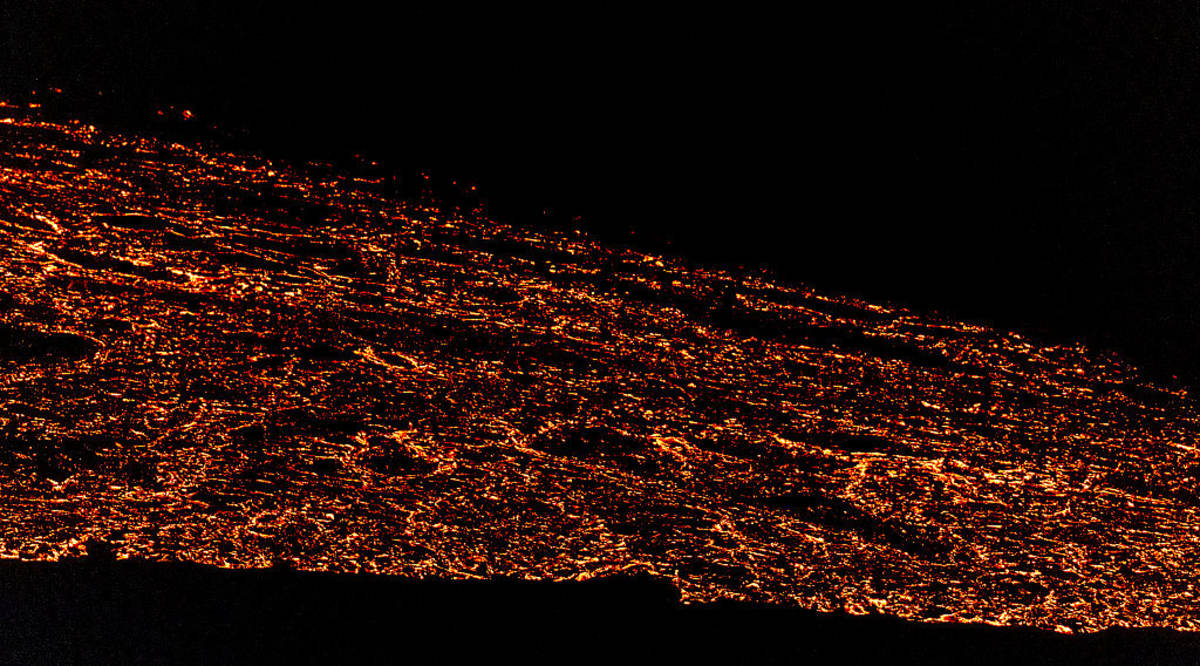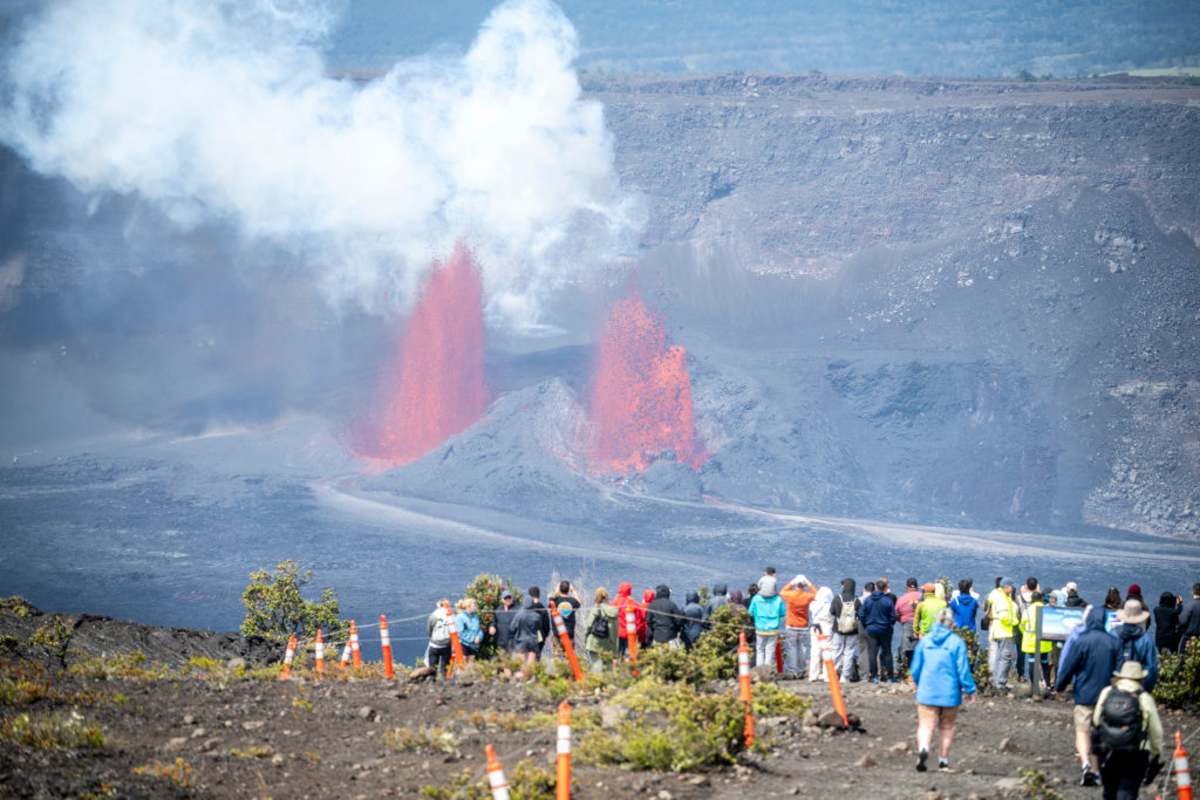Stunning Time-Lapse Footage Shows a Blazing Stream of Lava Pouring Out of Hawaiian Volcano

A volcanic eruption is one of the most powerful natural displays. As the boiling lava slowly flows down the volcanic mountains, it creates rivers of glowing heat that reshape the habitat around it. Earlier this year, in January, one such moment was documented through time-lapse footage when Hawaii’s Kilauea volcano fiercely erupted. It wasn’t the first time that it happened, as it erupted continuously for several weeks, with the first eruption reportedly taking place on December 23, 2024.

The eruptions painted the mountainside with glowing trails as lava flowed down to its surface. Kilauea is one of the Earth’s most active volcanoes, and its fiery nature might have far-reaching effects. When it erupts, it releases sulfur dioxide and other gases into the air, forming a thick, hazardous haze called vog. This can also travel great distances, raising health concerns for the people who live nearby. However, during the recent eruptions, officials have confirmed that there was no danger to people or any kind of infrastructure, as reported by the BBC.
Moving ahead, in May 2025, Kilauea erupted again, with fountains of lava reaching nearly 1,000 feet high, and in June, the eruptions were more than 330 feet high, as reported by ABC News. In May, a NBC News host, Denise Chow, sat down with Paul Segall, a geophysics professor at Stanford University and a volcanic expert, to discuss Kilauea's eruption. Chow asked, "What were some of the signs that Kilauea's eruption was about to become more violent?" Responding to this, Segall said that the first thing experts noticed was ‘inflation.’

He added, "The summit of the volcano and the areas around Pu'u’ O'o [one of Kilauea's volcanic cones] were swelling, so it was moving upward and outward like a balloon was being pumped up. That means pressure was increasing." The expert also said, "There was evidence of ground tilting, so we knew magma was on the move." Segall went on to explain that Kilauea stands out as one of the world’s most closely watched volcanoes, packed with monitoring equipment. It serves as an ideal example of how well a volcano can be studied. Meanwhile, this volcanic region holds global significance as it is recognized as a UNESCO World Heritage site, and thousands of tourists visit there every year.
It has also been reported that the volcanoes in Hawaii are relatively calm when compared to other active ones across the world, and this makes it a good spot for tourists. Just last month, reports emerged that it's not just Hawaii's volcanoes, but several others located in Alaska, Washington, and Oregon, are also showing increased activity in the past few months. Despite this, geologists have assured the public that there’s no immediate cause for concern. As reported by USA Today, Natalia Ruppert, a seismologist, said, "Volcanoes can be unpredictable, and there’s always the chance that something bad will happen, but these recent seismic events along the Pacific Ring of Fire from Alaska to Washington to offshore Oregon are probably not directly related to each other."
More on Green Matters
Mountain Guide Films Stunning Moment When a Russian Volcano Erupted for the First Time in 600 Years
Incredible Footage Shows Red Hot Lava Oozing Over Snow In a Once-in-a-Lifetime Moment
If You Have a Garden in This Area, You May Soon Have to Protect It From ‘Volcanic Ash’